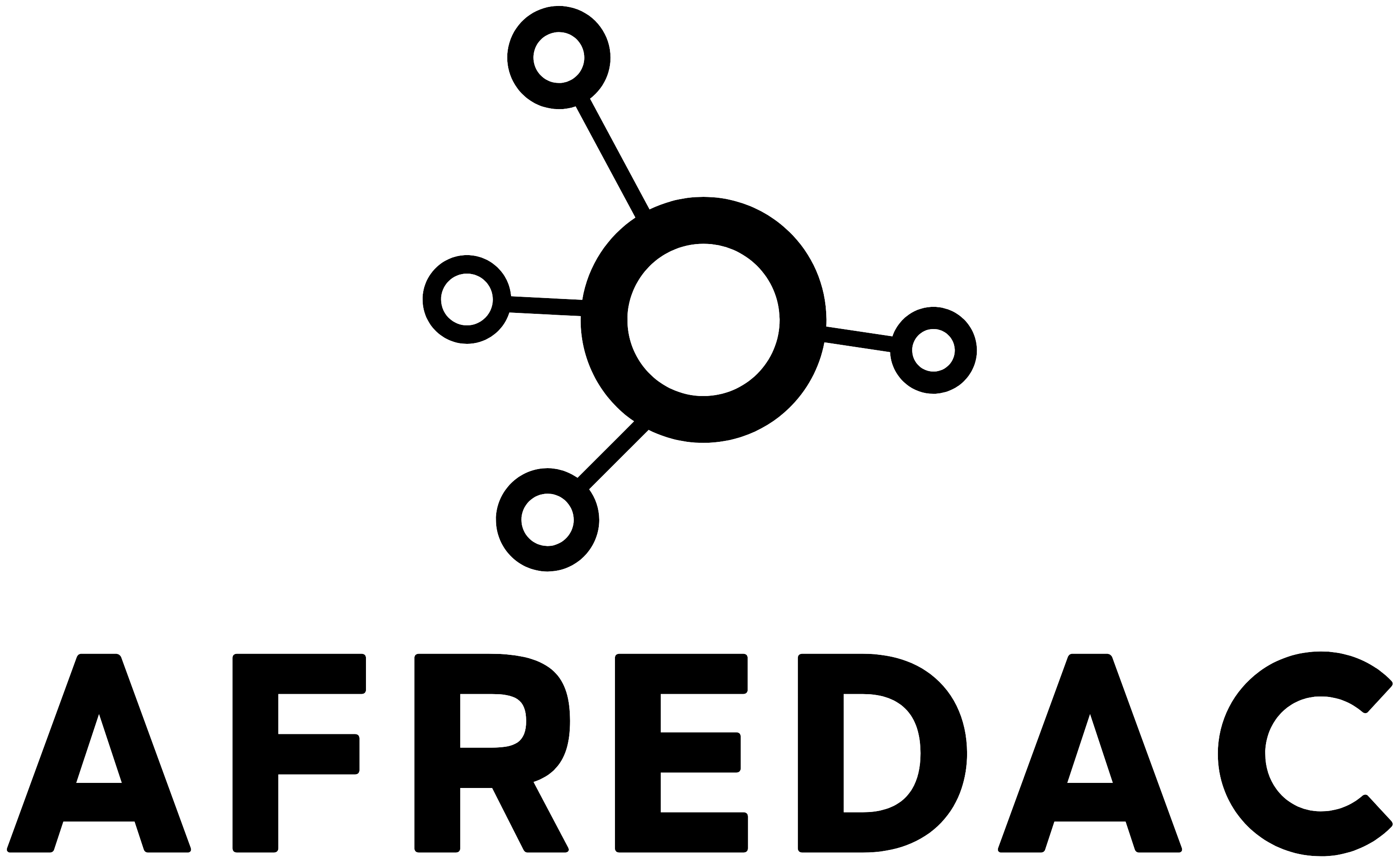
R for Fun Club (RFC)
Do you want to learn R Programming with other lazy coders? This is your group. We also didn’t... View more
What is the difference between <-, = and ==?
-
What is the difference between <-, = and ==?
This <- is used for assignment; to assign a value to a variable (e.g. x <-3). While <- is more frequently used, the equal to sign (=) is also used for assignment in specific situations (such as function arguments). But we recommend you use <- in R programming to avoid future conflicts.
The double equal to (==) sign verifies whether two values are equal (e.g. x==5 returns TRUE or FALSE)
Log in to reply.
